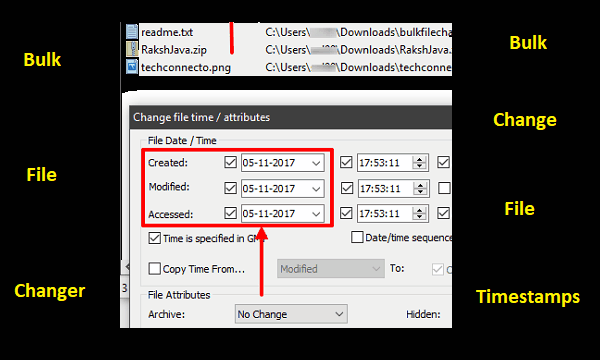
It looks for the first occurrence of txt in each filename, and replaces it with log.Īlternatively, we can use rename with the find command to target specific files: $ ls The rename command is pretty straightforward. log *.txtįile1.log file2.log file3.log file4.log file5.log Now, let’s use the rename command to rename our. This is because there is no “undo” or “restore” option for a bulk renaming operation. It is recommended to always do a dry-run to make sure that the changes are correct.

The rename command with “ -nv” options shows the mistake clearly and gives us a chance to correct the command.

In this example, when we typed the command line, we had an extra dot in front of the replacement “ log” by mistake.


 0 kommentar(er)
0 kommentar(er)
